MedievalReporter.com
Covering history's most marvelous millennium
Join our newsletter!

Covering history's most marvelous millennium
Covering history's most marvelous millennium
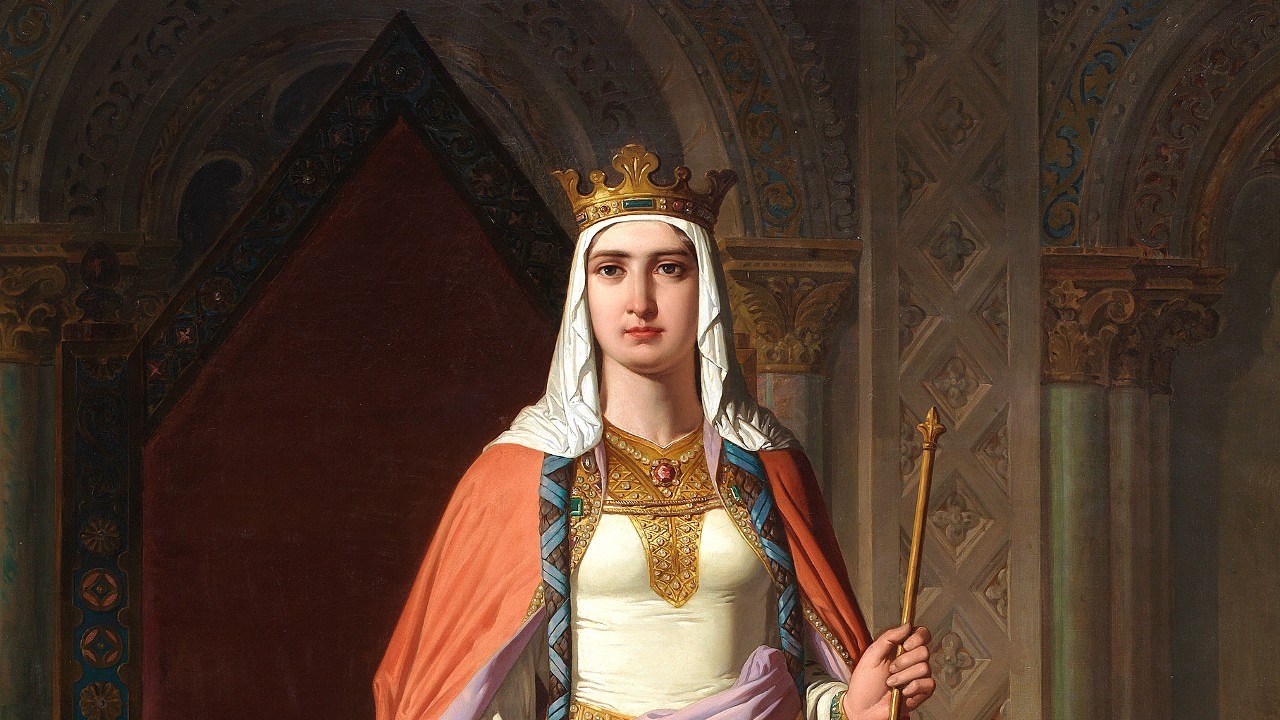
The first reigning queen in European history, Urraca of León was a trailblazer all her life. The men in her life continuously tried to limit, control or redirect her ambitions. But she chose her own path, which earned her the nickname “the Bold”.
Not only was she the first woman in Europe to rule in her own right, Urraca also became the first – and last – Empress of Spain. As impressive as that sounds, this concentration of power in the hands of a woman came at a price. An envious, neighboring king married Urraca for the sole reason of claiming the title for himself.
To make matters worse, the man turned out to be vengeful, violent and sadistic. A true misogynist (woman-hater), he even went as far as beating and kicking her in public. Never one to resign to her fate, Empress Urraca the Bold confronted this man head-on.
Grab a short intro to the Kingdom of León from our Medieval Guidebook.
Urraca became empress by her father’s inheritance. She was the daughter of Alfonso VI, who was king of León, Galicia and Castile. Because he sported three kingdom titles, Alfonso thought it a good idea to style himself Emperor of Spain from 1077 CE onwards.
Claims and titles were not the only things the emperor was fond of collecting. He also married five times and had a couple of affairs in between. Urraca was the daughter of Alfonso’s second wife.
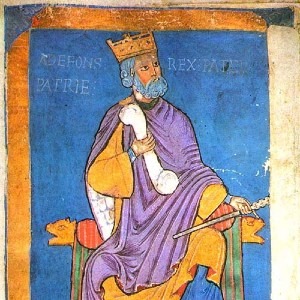
The first marriage had failed to “produce” any children – the very reason for its annulment. By his second wife, emperor Alfsono sired six children but only Urraca survived her childhood. (Infant mortality was pretty high during the Middle Ages.)
Family tragedies aside, the political picture was thus starting to look very bright for Urraca. In medieval Europe, daughters were not preferred – and sometimes forbidden – as heirs. But in case of a lack of (surviving) sons, a daughter could theoretically inherit the throne.
With no competing brothers, Urraca had a pretty good claim on the imperial title. Only a healthy baby brother could block her road to power. In what must have been a gut-wrenching wait, she bided her time as her father wed three more times.
– advertisement –
– article continues below –
Alfonso’s third and fifth marriage didn’t produce any children either. However, his fourth wife became pregnant twice. But both times the baby was a girl – which didn’t alter Urraca’s situation one bit, probably to her great relief.
What she didn’t account for, though, were the unforeseen consequences of her father’s infidelity. When Urraca was 14 years old, a Moorish concubine from Seville bore the emperor a son, named Sancho. Since the baby boy was illegitimate offspring, this shouldn’t have altered the line of succession.

But as it happened, Urraca’s position became increasingly tenuous. When the bastard brother was only 10 years old, emperor Alfonso already acknowledged him in official documents. The old monarch was publicly signaling that – regardless of legitimacy – he viewed the boy as his heir.
This was an affront and psychologically devastating for Urraca. She had witnessed several stepmothers passing through the imperial bed-chamber and failing to give birth to a legitimate crown prince. Her moment had finally come and now the bastard Sancho was taking her claim!
Even the clergy took Urraca’s side: they argued that succession by an illegitimate child was even less desirable than a daughter inheriting the empire. But Alfonso pressed on undeterred. When the boy was 14 years old, the emperor named Sancho as his official co-ruler.
Urraca’s claim had been officially swept aside.
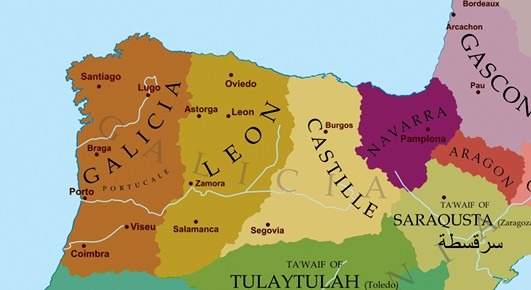
Things didn’t exactly work out as Alfonso had planned them, however, as the muslim threat from the south changed everything. Islam had conquered most of the Iberian peninsula some centuries hence. Since then, the Caliphate had fractured into many different kingdoms that frequently fought among themselves.
Under Alfonso and his predecessors, the christian camp experienced somewhat of a resurgence under the leadership of the kingdom of León. It was Alfonso himself that kicked this Reconquista campaign into overdrive by conquering Toledo, an important muslim stronghold. In fact, his imperial claims and pretensions were an attempt to solidify his position as the first and foremost monarch of christian Spain.
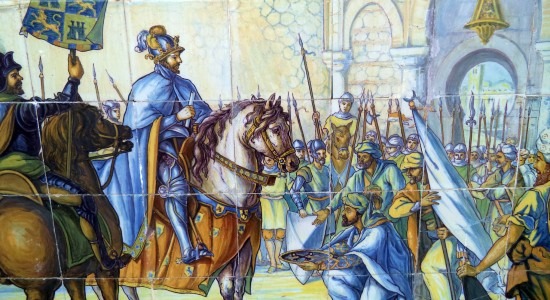
Alfonso’s capture of Toledo turned out to be of pivotal importance to Urraca’s story. The fall of the city frightened the muslim rulers of the peninsula so much that they called in help from outside. They formally asked the Berbers for assistance, who ruled a mighty kingdom in modern-day Morroco.
This unleashed the Almoravid invasion of Spain and temporarily turned the tide of the Reconquista. With newfound zeal, the muslims launched fresh offensives against the christian kingdoms. Trying to make the most out of the latest developments, emperor Alfonso installed his co-ruler Sancho in Toledo.
He thought his son would be able to defeat the Almoravid army, gaining prestige and shoring up his position as heir to the throne. But Sancho’s force was surrounded and slaughtered by a great muslim host. The bastard son fled the field, fell into enemy hands 20 kilometers from there and – at age 15 – was unceremoniously killed.
Urraca was, once more, sole heir to the throne.
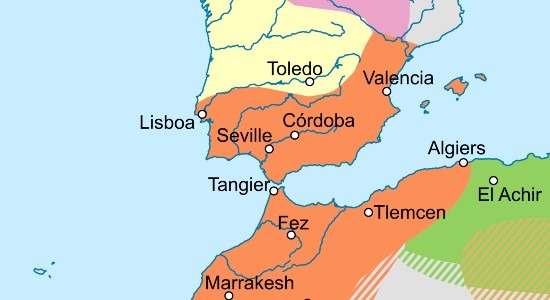
Sancho’s untimely demise quickly turned into Urraca’s fortune. Her father was so overcome by grief over the death of his only son that he too died soon after. Urraca could finally succeed him.
Life on the imperial throne wasn’t all sunshine and roses, though. With the threat of a bastard ascending to the rank of emperor suddenly abated, the clergy now turned on Urraca. Although the Church allowed daughters to inherit in case of a lack of sons, that didn’t mean women were thought fit to lead.
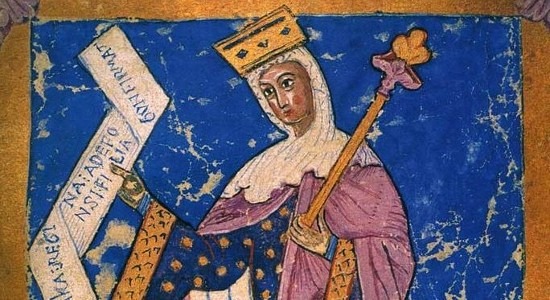
On the contrary, once in command, Urraca was expected to marry as soon as possible so that a man could rule in her stead. Confronted with the Almoravid onslaught targeting christian Spain, the clergy pressured Urraca to wed the king of Aragón – confusingly also named Alfonso.
Her husband-to-be fought the muslims near-continuously and quite successfully. As a result, he seemed like a great prospect for Urraca’s beleaguered realm. Combining the kingdoms of León, Galicia, Castile and Aragón under one marriage would surely provide the christians in the region with capable and stalwart leadership.
However, what the calculating priests didn’t account for was that Alfonso of Aragón was known as a “bloodthirsty and cruel tyrant”. Empress Urraca agreed to marry Alfonso anyway for the political reasons named above. But pleasantries aside, Urraca feared the worst and had her husband sign an official document that read he should treat her “like a good husband respects his good wife”.

The newlywed king now began to wield the grandiose title of “Emperor of Spain” on account of his marriage ties. But a problem weighed heavily on Alfonso’s mind. He was not altogether into women.
According to a muslim author, Alfonso was once asked why he didn’t take his pleasure with the beautiful woman of a commander he had just defeated. The king-emperor reportedly answered that a “man devoted to war needs the companionship of men, not women”. This was probably why the man was still single well into his thirties when he married Urraca.

A fighting man through and through, he slept in his armor without cover and fought 29 battles. Unfortunately for Urraca, he brought this fighting spirit back home too. Before long, he frequently shamed the empress in public and beat and kicked her during furious outbursts.
Urraca came to hate her husband to the bone. The marriage was not only unhappy; it was violent and abusive. Additionally, Urraca disdained Alfonso’s superstitions – especially his fear of ravens and crows.
The king-emperor of Aragón had not just married any woman, however. This was the Empress of Spain, Urraca the Bold. Faced with her husband’s tyrannical tendencies, she immediately started consulting with her advisors about how she could get rid of him.
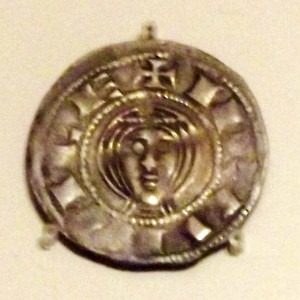
– advertisement –
– article continues below –
Within the first year of their marriage, Urraca left her husband. Although the marriage was officially still in effect, she didn’t share the government of León, Galicia and Castile with him. In effect, Aragón remained separated from her dominions.
Never one to lustfully long for the intimacy of a woman, Alfonso at first let her go. But then he realized that the imperial title went with her. Who was going to believe his claim as “Emperor of Spain” if his wife was ruling her own territories somewhere else on the Iberian peninsula?
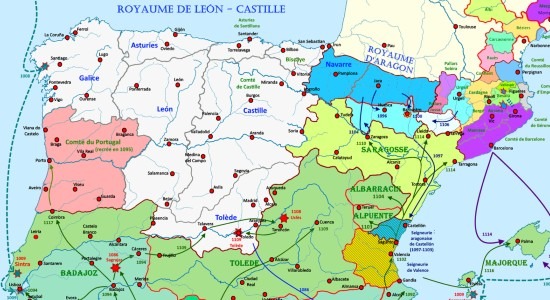
Alfonso responded the only way he knew how: he went to war. The Aragonese army invaded León and Castile to bring Urraca to heel. Open warfare ensued and two pitched battles were fought.
Being an experienced and capable commander, Alfonso won both confrontations. But the Aragonese were too few to completely subjugate Urraca’s kingdoms. On top of that, in the spirit of their leader, they committed grave atrocities against the local population.
Urraca exploited this context to turn the clergy around: she had the same priests that had basically forced her to marry this bully plead fervently with the pope for annulment of the marriage. It was duly given. Although he raged against this papal decision for some time, Alfonso eventually came to his senses and brokered a truce with Urraca.
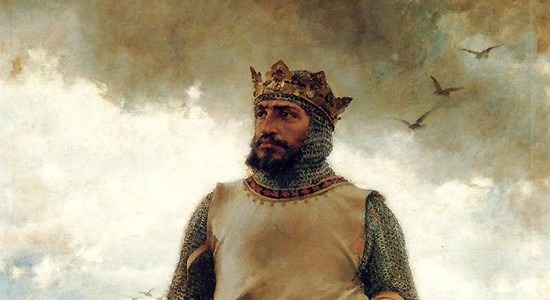
The Empress of Spain thus officially recovered her kingdoms and kept her title. Freed from her misogynist husband, she never remarried. Instead, taking after her polygamous father, she publicly and unashamedly had several lovers in the following years.
The trappings of marriage would never ensnare her again. Also, Alfonso of Aragón was so into men that he never got her pregnant. And fortunately for Urraca, she had already had a son from an earlier marriage – before she wed Alfonso.
Free to rule her realm without meddling men in her life, the Empress focused on consolidating this heritage for her son. She expanded her territory where possible, at the cost of Portugal, the Almoravids and – of course – Alfonso’s Aragón. A 12th-century source described her later reign (after the matrimonial conflict) as “prudent, modest, and with good sense”; a modern author called Urraca “competent and determined”.
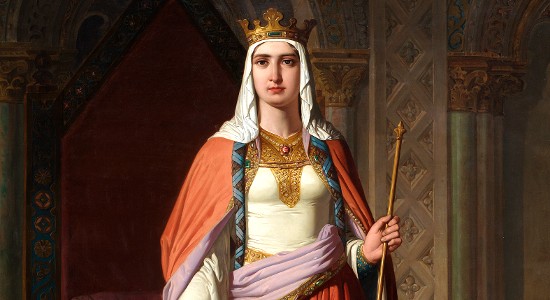
On the other hand, medieval (biased) sources spoke ill of Urraca’s sexual escapades with her leading magnates, some of which even culminated into illegitimate children. But Urraca the Bold had learned her lesson. None of these bastards would ever threaten the inheritance rights of her only legitimate son.
The success of the first and last Empress of Spain became unmistakenly clear at her death. Her heir, again confusingly also named Alfonso, succeeded her officially as Alfonso VII of León and Castile, Emperor of Spain. It took great effort, but Urraca had managed to land the imperial crown in her son’s lap.
Her headstrong father had willed it differently (by lining up her half-brother Sancho for succession). Her husband had wanted the title and the empire for himself (but lost both through his despicable conduct). Urraca the Bold chose her own path and ruled as Empress – unmarried and in her own right – as Western Europe’s first queen regnant.
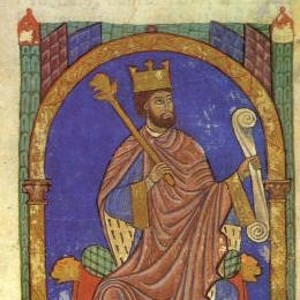
Disclosure: we work hard to provide you with exclusive medieval reports and guides. To make the Middle Ages accessible to everybody, we’d like this information to remain FREE. Therefore, some of the links below are affiliate links, meaning – at no additional cost to you – we will earn a small compensation if you click through.